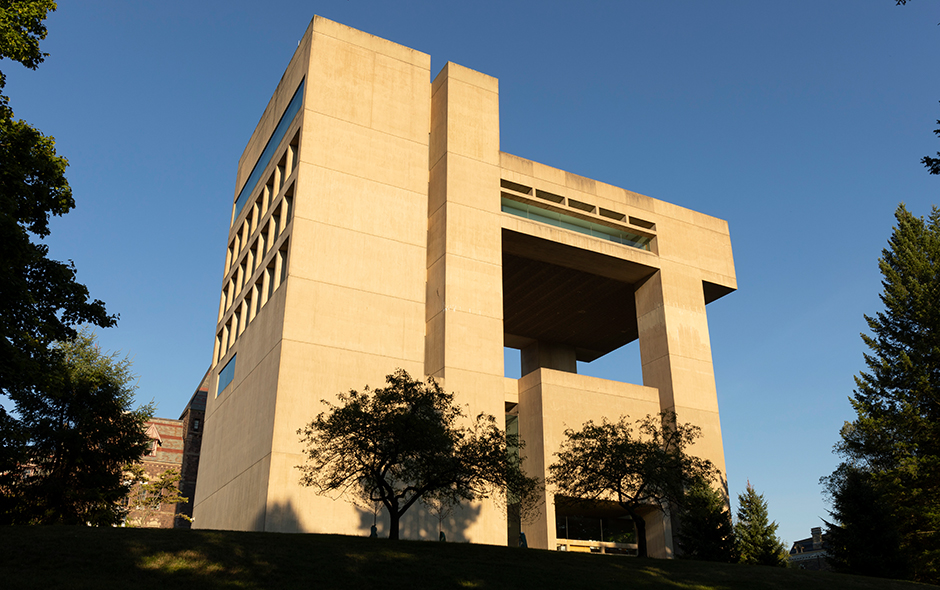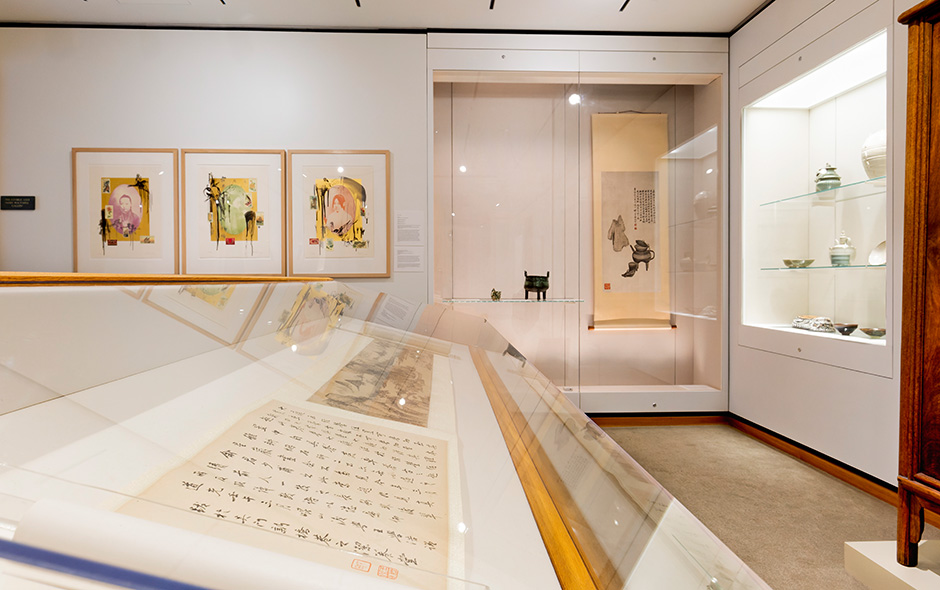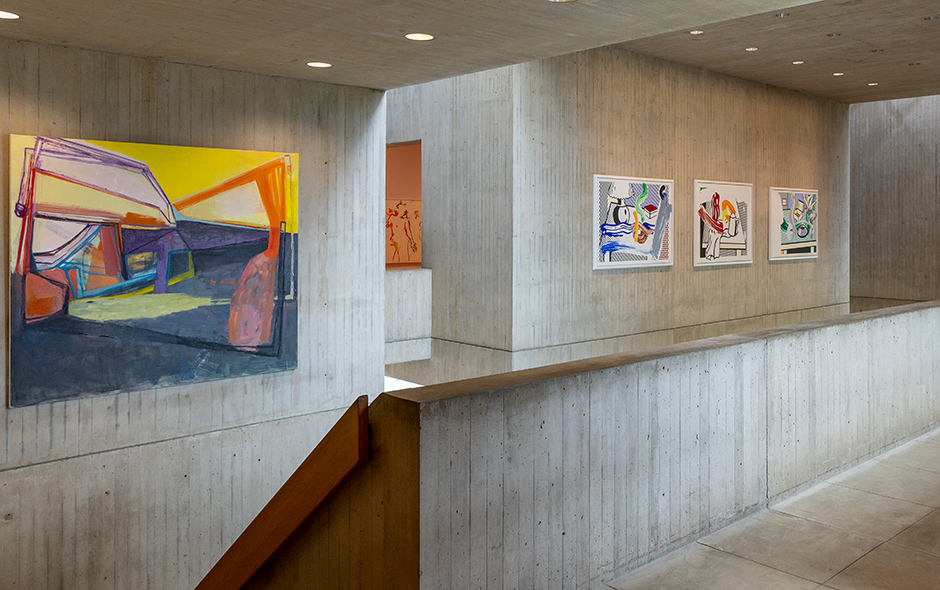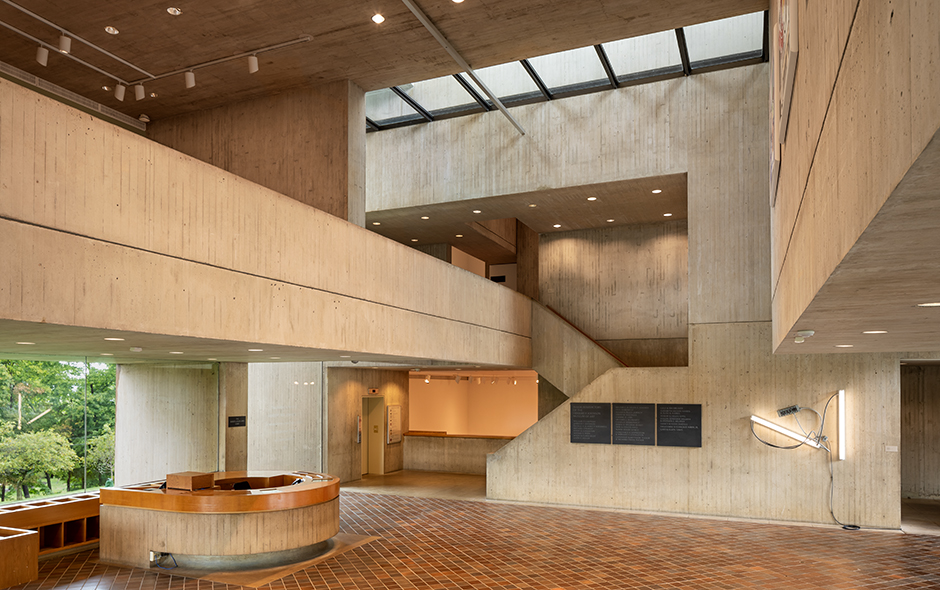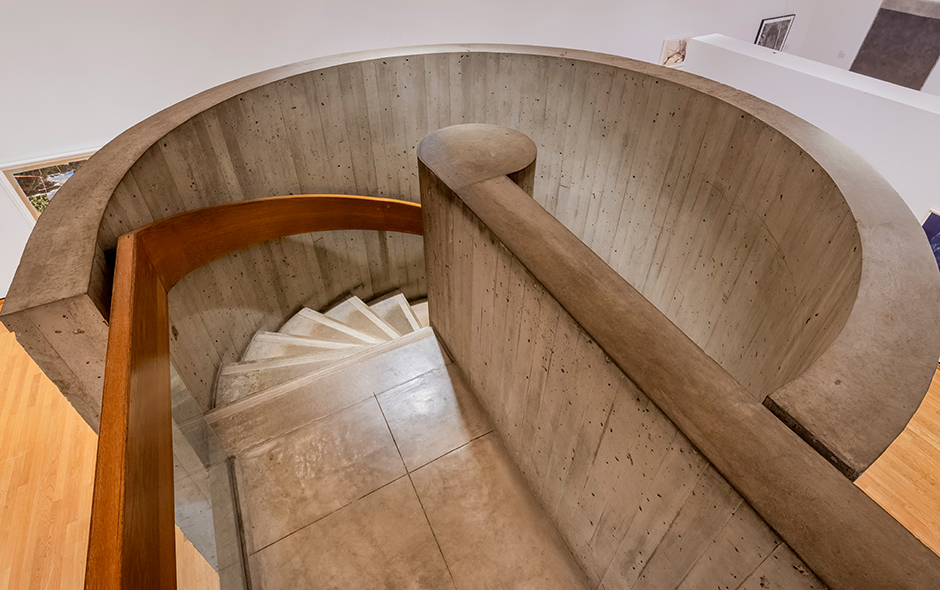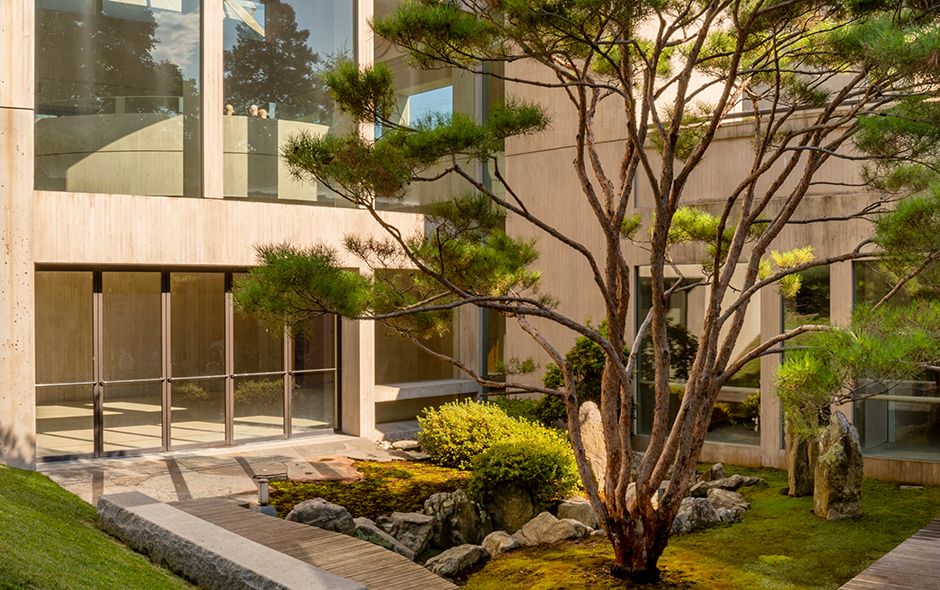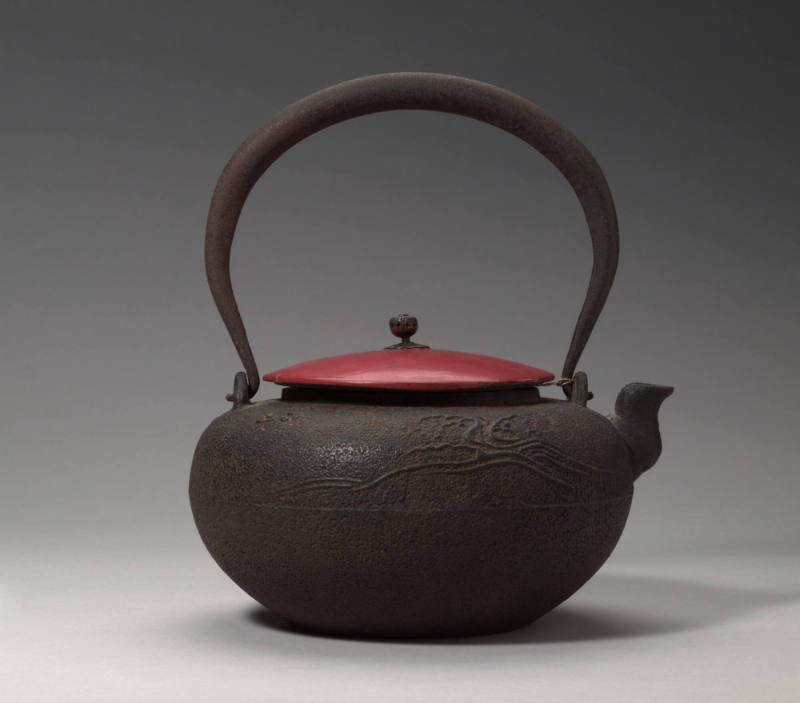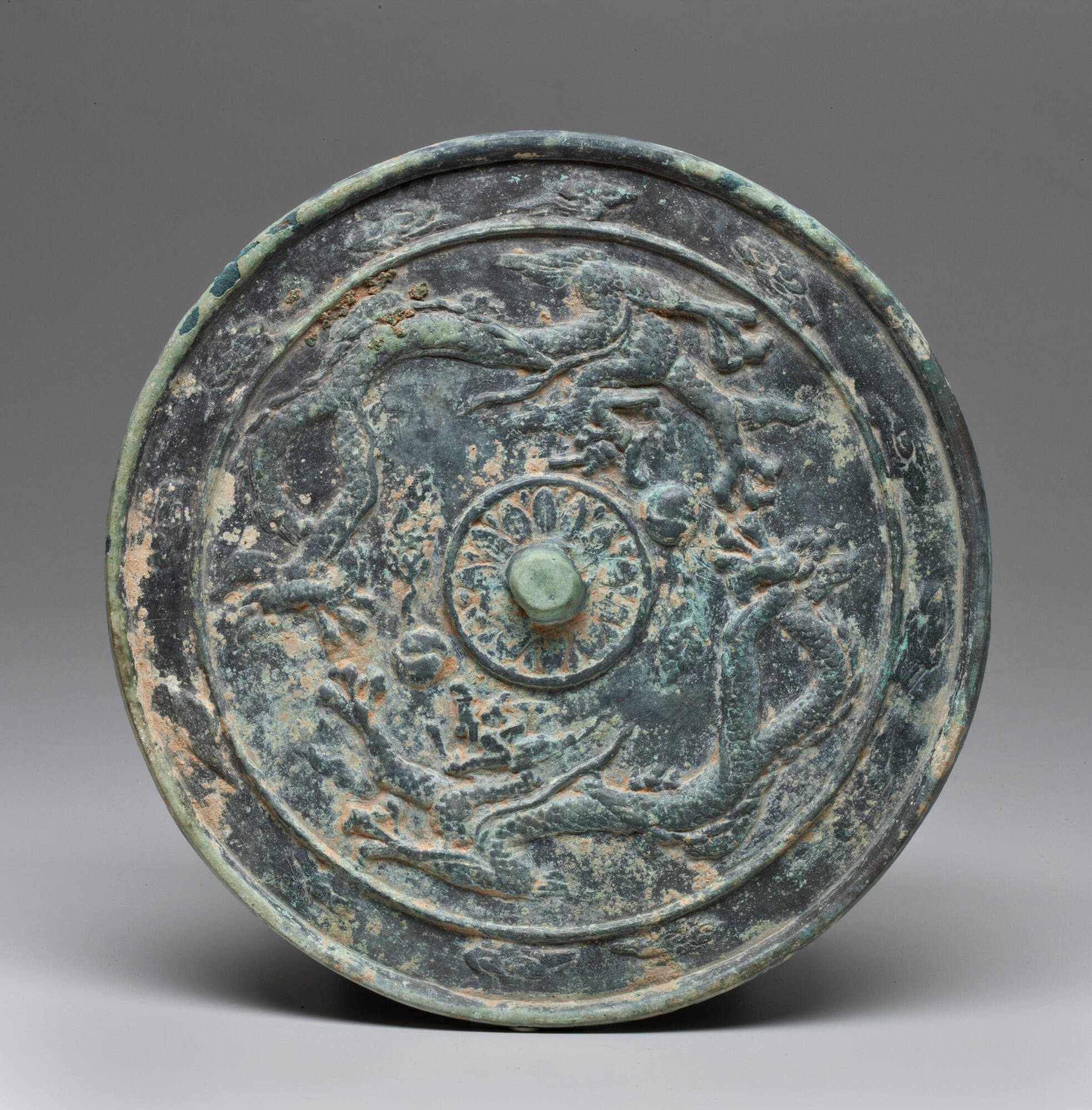
Object Details
Culture
Korean
Goryeo Dynasty (918-1392)
Date
10th century
Medium
Bronze
Dimensions
Diameter: 8 1/2 inches (21.6 cm)
Credit Line
Gift of Colonel John R. Fox
Object
Number
65.330
BRIEF DESCRIPTIONThis is a bronze mirror featuring two dragons circling the center.WHERE WAS IT MADE(…)
BRIEF DESCRIPTIONThis is a bronze mirror featuring two dragons circling the center.WHERE WAS IT MADE?This mirror was made in Korea during the Goryeo period.HOW WAS IT MADE?This bronze mirror was likely made using the lost-wax casting process. In the simplest version of this process, a model of the mirror is crafted in wax and encased with clay. In the process of firing the clay to harden it, the wax melts, exiting through a hole in the casing. This leaves a hollow mold. Molten bronze is then poured through the hole into mold. A single mold could only be used to make one mirror, as it would have to be broken to free the mirror. Once the mirror was removed from the mold, the flat side was polished to make it shine.HOW WAS IT USED?Among the most frequently found artifacts excavated from Korean Bronze Age sites are mirrors, the oldest of which date to the sixth to fourth century BCE. During the Goryeo dynasty, mirrors were kept as personal items and used daily by the upper class. Some mirrors were set on stands or suspended by a loop; this kept the user’s hands free for hairdressing or make-up application.Mirrors, because of their reflective properties, were also believed to have supernatural powers. They were often placed in tombs to provide protection for the deceased in the after-life.WHY DOES IT LOOK LIKE THIS?In many cases designs on Korean mirrors closely match their Chinese counterparts; mirrors in the Chinese fashion were both made in and imported to Korea. They were decorated with designs in relief on one side, while the reflective side was polished to a high sheen. Geometric designs of ancient times were abandoned in favor of Chinese-derived motifs such as floral and plant scrolls, auspicious birds (crane and phoenix), dragon and clouds, the Four Guardian Animals, references to the sixty-year cycle of the calendar, and narratives in landscape settings.Notice the two dragons encircling the mirror. Dragons are associated with good fortune and are believed to repel evil. They are also associated with heavenly power, and are believed to be able to control the weather. To see other Korean bronze mirrors in the Johnson Museum’s collection, search for object numbers 65.328, 65.333, 67.477, 67.478, 67.479, 67.430, 67.480 in the keyword search box.



